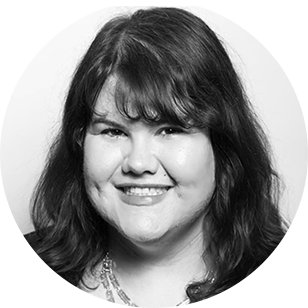America's crushing teacher shortage
The beginning of the school year is quickly approaching but thousands of teaching positions remain unfilled
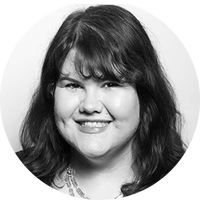

As kids start heading back to school, districts across the United States are dealing with teacher shortages. In some areas, there are thousands of unfilled positions, and administrators are trying to come up with ways to lessen the impact on students. Here's everything you need to know:
Why is there a teacher shortage?
There are several factors. Many educators are worn out from having to teach online during the pandemic, and some decided to retire or leave the profession after switching back to in-person instruction; in June 2021, more than 2,700 teachers were surveyed by the National Education Association, and 32 percent said they were leaving teaching earlier than planned because of the pandemic. Others are quitting for higher-paying jobs or because they feel undervalued and don't want to be part of the culture war, with parents and politicians trying to censor what they can teach about everything from U.S. history to racism. "The political situation in the United States, combined with legitimate aftereffects of COVID, has created this shortage," Randi Weingarten, president of the American Federation of Teachers, told The Washington Post. "This shortage is contrived."
How many unfilled teaching jobs are there?
There isn't a database keeping track, so it's not entirely known. The Arizona School Personnel Administrators Association surveyed its members, and two-thirds said they have more teacher vacancies for this school year than ever before. As of June, the state had 2,200 unfilled teacher openings, and that's "very concerning," Justin Wing of the Arizona School Personnel Administrators Association told Fox 10. "We can't leave kids alone in the classroom teaching themselves."
The Week
Escape your echo chamber. Get the facts behind the news, plus analysis from multiple perspectives.

Sign up for The Week's Free Newsletters
From our morning news briefing to a weekly Good News Newsletter, get the best of The Week delivered directly to your inbox.
From our morning news briefing to a weekly Good News Newsletter, get the best of The Week delivered directly to your inbox.
The national average for teacher pay is around $64,000, and Arizona, which has one of the highest teacher-to-student ratios, has an average teacher salary of roughly $52,000. When Arizona teachers recently received a raise, "we went from 49th in teacher pay, to 49th in teacher pay," Wing said. "I do think the main root cause of the teacher shortage is pay."
How are districts handling the teacher shortage?
It depends on the size of the district and the resources it has. At a larger school, administrators and coaches can step into the classroom. Another option is to combine several classes and have them meet in an auditorium or gym. The problem with increasing class size is "teachers don't have that one-on-one with the students, that personal ability to understand what the students need," Dawn Etcheverry, president of the Nevada State Education Association, told the Post.
Some districts have opened jobs up to a wider pool of applicants, while others are giving young educators a jump start in their careers — in Arizona, college students who are enrolled in education programs are allowed to begin teaching before they earn their bachelor's degree. In rural Texas, the Mineral Wells Independent School District decided to try something new, and the school board voted in May to switch to a four-day week. Assistant Superintendent David Tarver told The Texas Tribune that already this has made a difference. "We had teachers that had multiple offers from our school district and a neighboring school district and they were waiting on our board to vote to whether we were going to do four days or five-day weeks," he said. "We gained some leverage on being able to recruit teachers."
Schools in Texas have to be open for at least 75,600 minutes every school year, including lunch and recess. Each school district gets to decide how its days are structured, and the Mineral Wells ISD will now decide whether to add hours to the four remaining school days or extend the school year. Dan Robinson, associate dean of research in the College of Education at the University of Texas at Arlington, told the Tribune he has two concerns about the four-day week. First, schools might try to cram too much into one day, and second, many low-income students rely on free school lunches, and by skipping a day, they might also be missing a meal. "I'm afraid that the poor groups out there would be more negatively affected," Robinson said.
A free daily email with the biggest news stories of the day – and the best features from TheWeek.com
What steps can school districts take to attract teachers for the 2023-2024 school year?
The biggest draw would be to offer teachers a higher salary, or other perks like a signing bonus or retention bonus. This week, several educators in Missouri attended a hearing held by the state's Teacher Recruitment and Retention Blue Ribbon Commission and shared their ideas on how to attract and keep more teachers. Raising teacher pay was the top strategy, followed by hiring more support staff and taking the focus off standardized testing. "Allow teachers to do one job and not the six or seven other jobs they're doing right now," Rebeka McIntosh, vice president of the Missouri National Education Association, said.
Catherine Garcia has worked as a senior writer at The Week since 2014. Her writing and reporting have appeared in Entertainment Weekly, The New York Times, Wirecutter, NBC News and "The Book of Jezebel," among others. She's a graduate of the University of Redlands and the Columbia University Graduate School of Journalism.
-
 The elite falcon trade in the Middle East
The elite falcon trade in the Middle EastUnder the Radar Popularity of the birds of prey has been ‘soaring’ despite doubts over the legality of sourcing and concerns for animal welfare
-
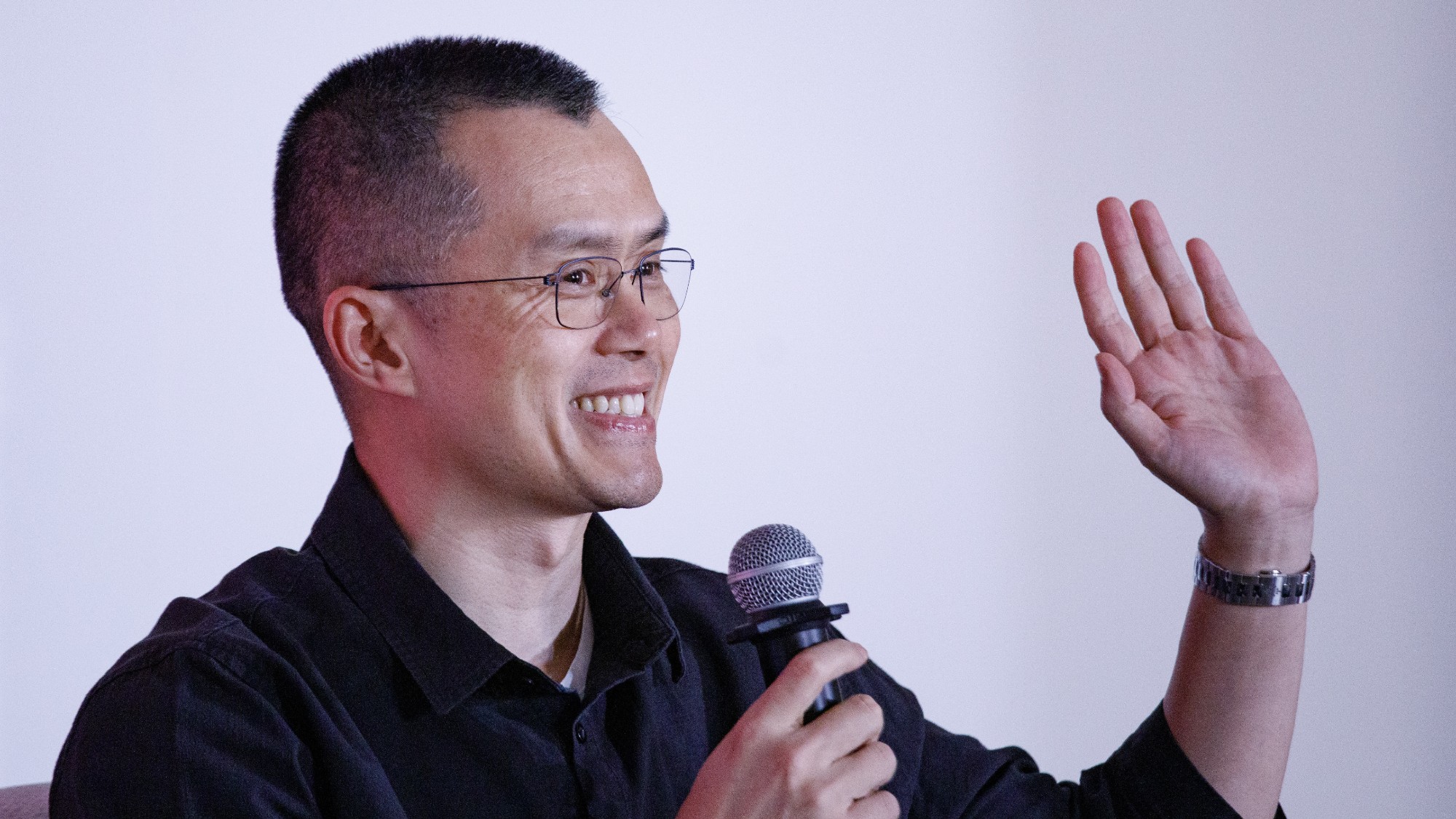 A running list of the international figures Donald Trump has pardoned
A running list of the international figures Donald Trump has pardonedin depth The president has grown bolder in flexing executive clemency powers beyond national borders
-
 Mixed nuts: RFK Jr.’s new nutrition guidelines receive uneven reviews
Mixed nuts: RFK Jr.’s new nutrition guidelines receive uneven reviewsTalking Points The guidelines emphasize red meat and full-fat dairy
-
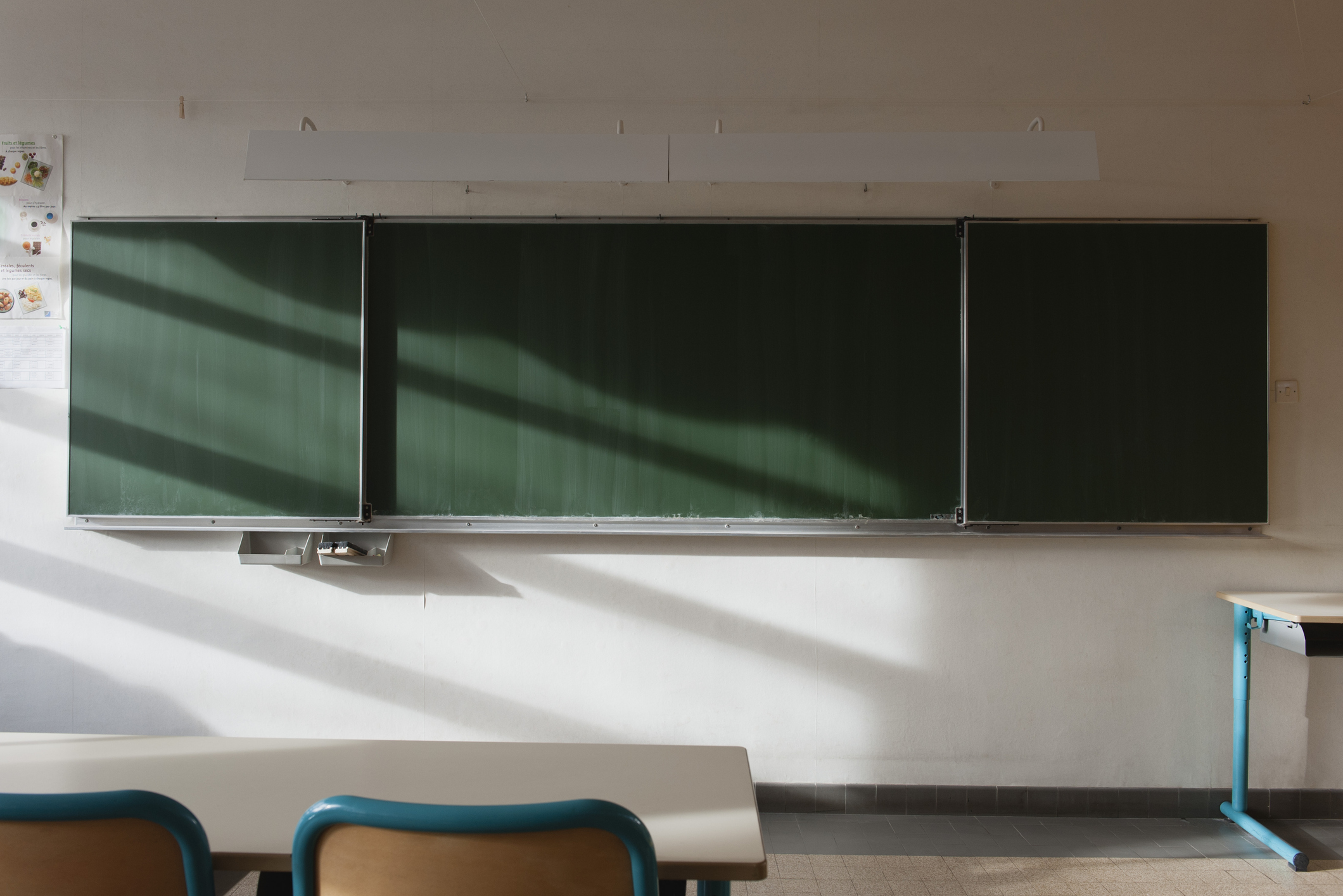 Florida educators face off with state officials over a teacher shortage
Florida educators face off with state officials over a teacher shortageSpeed Read As of mid-August, there were roughly 7,000 teaching vacancies across Florida, according to the state's teachers union. But the Florida Department of Education says differently.
-
 Florida schools' tug-of-war with AP Psychology
Florida schools' tug-of-war with AP PsychologyThe Explainer As the Florida school year starts, some districts remain unclear about AP Psychology's legality
-
 How wealth impacts college admissions
How wealth impacts college admissionsSpeed Read Affirmative action for race may be over, but a study suggests it still exists for the children of wealthy families
-
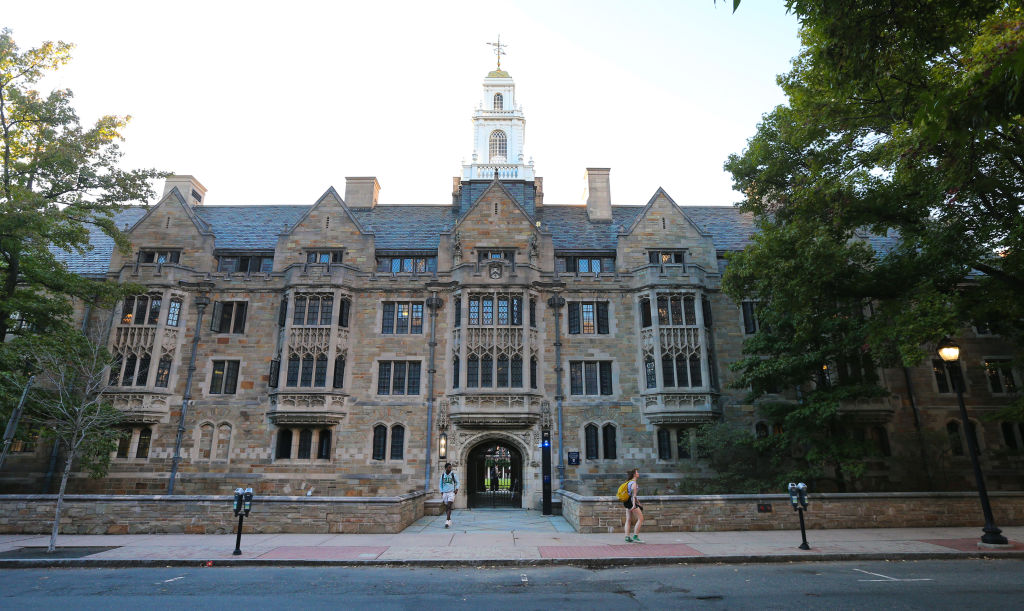 The college rankings rebellion
The college rankings rebellionSpeed Read Some of America’s top universities are rejecting the tyranny of U.S. News & World Report’s annual lists
-
 Why are grad schools boycotting the U.S. News & World Report rankings?
Why are grad schools boycotting the U.S. News & World Report rankings?Speed Read Is this the end of the college ranking system as we know it?
-
 What happened in the Los Angeles Unified School District cyberattack?
What happened in the Los Angeles Unified School District cyberattack?Speed Read It was the 50th attack on the education sector this year
-
 Not enough teachers
Not enough teachersSpeed Read An epidemic of teacher burnout has many school districts struggling to fill positions. Why are teachers unhappy?
-
 A history of slavery at Harvard University and beyond
A history of slavery at Harvard University and beyondSpeed Read The school is setting aside $100 million to redress its ties to slavery
